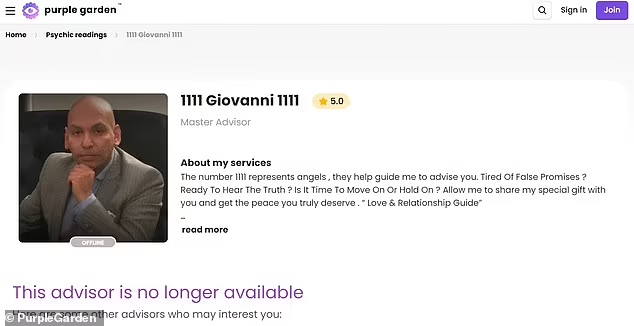John Lee's booking photo. Photo: DoJ
“Handling something in a low-key way isn’t necessarily unethical or illegal,” said the former agent, who spoke on the condition of anonymity because of Thani’s standing and influence. “There are legitimate diplomatic reasons to keep someone like Thani’s name out of an indictment. But that [Thani’s name] hasn’t already leaked out tells me there’s an effort to draw as little attention as possible to the situation.”Thani’s role as victim, which we are reporting for the first time, was established by detailed records and receipts for the stolen gems examined by VICE News and confirmed by multiple sources involved in the search. “[Thani] has both the wealth and political…diplomatic influence to keep a situation like this very quiet,” said a Dubai-based private investigator who was briefed on the case.In August of last year, corporate investigators from top firms in London and New York were retained by lawyers working for Thani, commonly referred to by his initials, HBJ, to recover 17 pieces of jewellery worth over $90 million stolen over the previous three months. The blinged out jewellery was unique and expensive enough – and in some cases so well-known in the trade – that investigators assumed openly fencing them would be too risky for the thief. Familiar with the markets for high-end gems, the investigators concluded the thieves would have the stones removed from settings and recut to disguise their origins. Antwerp, New York City and Dubai – with their large diamond markets – were where the investigators told HBJ’s representatives to look.“That’s when things got weird. As details became available, it got increasingly surreal.”
Sheikh Hamad bin Jassim bin Jaber Al Thani, in a recent interview for Bloomberg. Photo: Christopher Pike/Bloomberg via Getty Images
During his years in power, Thani built a reputation for canny political insight, patient but demanding negotiations, and an ability to bring different rival factions together. As Qatar’s foreign minister and then prime minister, he helped broker ceasefires in Yemen and Lebanon during political crises and serves as a key interlocutor with US politics via his relationship with the famed Brookings Institute think tank. He played a key role in negotiating an end to the war between Ethiopia and Eritrea, and brokered border disputes between Sudan and Chad. He’s also been involved in countless hostage or prisoner negotiations, including efforts to obtain the release of Pakistan’s prime minister from prison on corruption charges, and freeing nurses taken hostage in Libya.“Few combine HBJ’s levels of rich and politically powerful. He can telephone Hezbollah as easily as he can Tony Blair and both will immediately answer.”
HBJ, then the Prime Minister of Qatar, with then US Secretary of State Hillary Clinton in 2010. Photo: KARIM JAAFAR/AFP via Getty Images

To this point, according to investigators who read Magdalena’s statement provided to the FBI, Lee had been running a long-term scam, having collected at least $150,000 in fees from the assistant. “It becomes clear that by June he’s decided to go for the big one and he convinces her to mail him her personal jewellery to have the ‘auras cleaned’,” said the third investigator briefed on the case. “We don’t know when it went from a scam to make money off a lonely person to setting up a jewellery heist.”“As incredible as it sounds, he’d been priming her for nearly four years and she trusted him.”
Obtained by VICE News
The FBI later retrieved the messages. After Magdalena asked Lee why he didn’t come to Cannes as planned and asked when he would return the jewels, Lee finally ended the charade with a brazen gaslighting. “Please stop… I do not know what you were talking about… I don’t think you need a psychic… you need a psychiatrist… God bless you please stop harassing me,” Lee wrote, according to the arrest warrant.“Let’s just negotiate the movie rights, because you’re never going to find these diamonds.”
“In New York and Antwerp, the famous dealers you see along the streets with signs, those aren’t going to touch a large, very expensive stone without GIA certificates,” said a retired Belgian police official, who specialised in diamond cases and continues to consult to the industry. “It’s the small unmarked offices on the side streets that might get involved in something like this,” the ex-cop explained. “Finding the right people would be very difficult without connections to the industry – it’s not smart to ask strangers if they’d like to be involved in a multi-million dollar crime – but with the right connections finding someone to melt the settings and recut the stones and issue new GIA certificates wouldn't be that hard.”“I wish [he] had just contacted me, The client just wanted his stuff back.”
The pink diamond announced in the case. Photo: Obtained by VICE News
